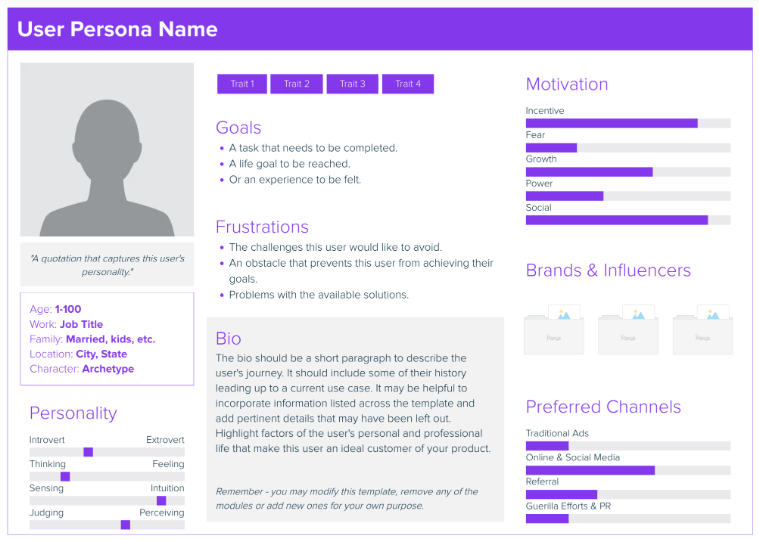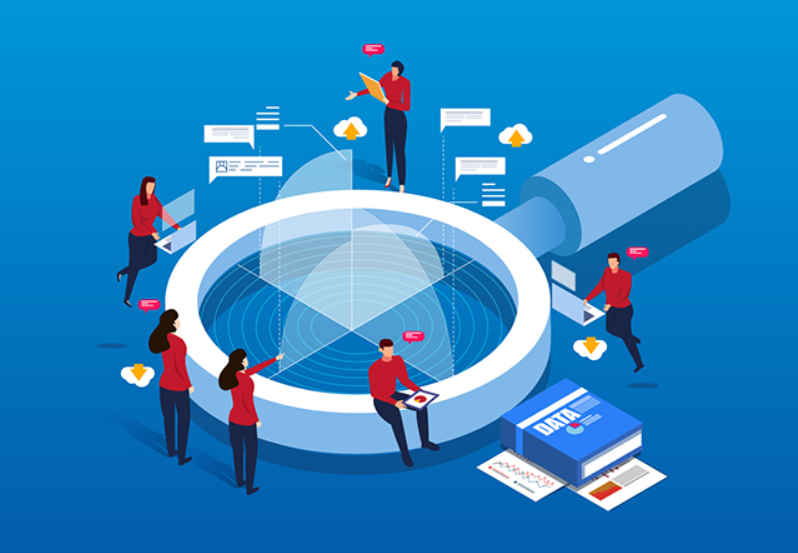In the competitive world of B2C content marketing, distinguishing your brand demands a mix of deep audience understanding, tailored content, SEO finesse, and cutting-edge technology.
Flying V Group has successfully guided brands like Seapointe Construction and Hines Hampton through these challenges, leveraging our deep expertise in content personalization and analytics to ensure they stand out and resonate with their audiences.
This article covers key B2C content marketing dos and don’ts. You’ll learn to avoid mistakes and use strategies to attract your audience, improve your online presence, and deliver great results.
What is B2C Content Marketing?
Business-to-Consumer (B2C) content marketing refers to the strategies and tactics used by companies to create and distribute valuable, relevant information to captivate, engage, and convert consumers into customers.
Unlike Business-to-Business (B2B) marketing, which targets corporate entities, B2C focuses on individual buyers, appealing to their personal needs and interests.
The world of B2C content marketing is always changing because of new technology and how consumers act. This brings both problems and chances for marketers and businesses. To keep up and stay competitive, they need to constantly update and improve their marketing tactics.
The Dos And Don’ts Of B2C Content Marketing: Strategies We’ve Used At Flying V Group For Success
To succeed in B2C content marketing requires two vital aspects: compelling content creation and effective content optimization.
Content Creation
Do:
- Understand Your Audience: Craft content tailored to customer personas and their journey.
- Generate Compelling Content: Ensure your content is engaging, informative, and valuable.
- Use a Conversational Tone: Speak to B2C consumers in a friendly, informal manner.
- Utilize Visuals: Enhance your messages with images, videos, and infographics.
Maintain Consistency: Keep a uniform brand voice across all platforms.

Don’t:
- Assume One Size Fits All: Don’t create generic content that ignores the unique interests and stages of your audience’s journey.
- Let Quality Slide: Avoid sacrificing content quality for quantity. Poorly researched or hastily produced content can harm your brand’s credibility.
- Stick to Text Only: Don’t rely solely on text; failing to incorporate visuals can make your content less engaging and harder to digest.
- Neglect Feedback: Don’t ignore user feedback and engagement metrics. These insights are crucial for refining and improving your content strategy.
- Overlook SEO Principles: Avoid disregarding SEO best practices. Content should be optimized for search engines to enhance visibility and reach.
Content Optimization
Do:
- Incorporate SEO keywords: Use relevant keywords strategically without compromising the natural flow of content.
- Ensure mobile optimization: Given that a considerable portion of consumers use mobile devices for access, ensure your content is mobile-friendly.
- Utilize metadata: Use meta titles, Description, and Alt texts for enhanced search engine optimization.
- Site speed optimization: Page load times significantly impact user experience and SEO ranking; optimize this aspect.
- Inbound and Outbound linking: Link relevant internal and external resources where necessary, enhancing your site’s credibility.

Don’t:
- Keyword Stuff: Avoid overusing keywords to the point where content readability suffers.
- Ignore Mobile Users: Don’t make your content difficult to navigate on smartphones and tablets, which can drive mobile users away.
- Overlook Metadata: Missing out on optimizing meta titles, descriptions, and alt texts can lead to missed SEO opportunities.
- Neglect Site Speed: Don’t underestimate the impact of slow page load times on user satisfaction and bounce rates.
- Isolate Your Content: Avoid underutilizing links to authoritative sources and internal pages, which can enhance information value and SEO.
Content Distribution
Do:
- Leverage Social Media: Utilize various social media platforms to share your content.
- Email Marketing: Considered ancient but effective, provide value-added content via emails, not just promotional content.
- Influencer Marketing: Partner with influencers to get your content in front of a new, relevant audience.
- Paid Advertising: Use sponsored posts or pay-per-click (PPC) ads to reach a broader or specific audience.
- Guest Blogging: It expands visibility by partnering with relevant businesses or blogs for content sharing.

Don’t:
- Spam Social Media: Avoid overwhelming followers with too much content, which can lead to unfollows and disengagement.
- Send Only Sales Emails: Don’t focus solely on promotional emails; failing to provide value can lead to high unsubscribe rates.
- Misalign with Influencers: Don’t partner with influencers who don’t align with your brand values or audience interests.
- Overlook Ad Targeting: Avoid using a one-size-fits-all approach in paid advertising; poorly targeted ads waste resources and miss potential customers.
- Neglect Content Quality in Guest Blogging: Don’t compromise on content quality when guest blogging. Poor content can damage your reputation and relationships with partners.
Engagement and Conversion
- Optimize CTAs: Be clear about the action you want the user to take, and make CTAs short, action-oriented, and strategically placed.
- Landing Pages: Make sure landing pages are relevant to the user’s journey, crisp, and load quickly.
- Personalization: Personalized CTAs and landing pages based on customer demographics, browsing history, or purchasing behavior lead to higher conversion.
- Split Test: Try A/B testing for different versions of CTAs and landing pages to know what works best.
- Offer Value: Provide exclusive content or deals in return for the user’s contact information. It improves engagement and conversion rates.
Don’t:
- Use Vague CTAs: Avoid ambiguous calls-to-action that don’t specify the desired user action.
- Create Confusing Landing Pages: Don’t let your landing pages be cluttered or irrelevant, which can deter users from taking action.
- Ignore Personalization: Don’t treat all visitors the same. Failing to personalize can result in lower engagement and conversion rates.
- Skip Testing: Avoid assuming what works best. Not testing different elements can leave potential improvements undiscovered.
- Withhold Value: Don’t ask for user information without offering something valuable in return. Lack of incentive can decrease the likelihood of conversion.
Leveraging Technology and Tools for B2C Content Marketing
As a B2C marketer, you have access to many high-quality tools that you can use and leverage to facilitate the different aspects of the content marketing process, from creation to distribution and analytics. Some essential tools include:
- Content Creation: Tools like Grammarly, Canva, and Adobe Creative Suite aid in crafting impeccable, visually appealing content.
- Content Distribution: Platforms like MailChimp for email marketing, Hootsuite for social media management, and Medium for blog posting enhance effective content distribution.
- Analytics: Google Analytics and Semrush provide insights into users’ interaction with content and website performance.
Measuring Success of B2C Content Marketing Efforts
Establishing Key Performance Indicators (KPIs) and goals is pivotal for every content marketing campaign. Marketers need to define what success looks like for them. Common content marketing KPIs include:
- Traffic Metrics: Visitors, page views, etc.
- Engagement Metrics: Likes, comments, shares, etc.
- Conversion Metrics: Lead generation, sales, subscriptions, etc.
It’s crucial to align these indicators with your overall business goals, be it brand awareness or driving sales.
Role of Advanced Analytics
Advanced analytics tools dive deeper into tracking performance. They not only quantify success but also identify areas of refinement. Tools like Google Analytics, Semrush, or Hubspot provide insights into audience behavior, the success of individual pieces of content, time spent on site, and more.
These statistics allow marketers to tweak content strategy and optimize for better outcomes. Hence, systematic measurement and analytics significantly contribute to content marketing success.
Elevate Your Brand with Expert-Led B2C Content Marketing
In the competitive digital realm, effective B2C content marketing is key to standing out. Our team excels in creating personalized content and optimizing SEO strategies tailored specifically for B2C markets.
With Flying V Group, your brand transforms from just another online presence to a leading light for your customers. Embrace B2C content marketing with us and see your brand soar. Let’s elevate your B2C content marketing strategy and drive your business to new heights.
FAQs
What is B2C content?
B2C content is material created by businesses to engage directly with consumers, aiming to entertain, inform, or educate them, ultimately influencing their purchasing decisions.
What is B2C marketing example?
A B2C marketing example includes social media campaigns targeting end consumers with personalized ads for clothing, based on their previous shopping behaviors and preferences.
How do you write B2C content?
To write B2C content, focus on emotional appeal and storytelling, clearly highlight benefits, use a conversational tone, and tailor the content to the interests and needs of your target consumer audience.
What is B2B content marketing?
B2B content marketing involves creating and distributing valuable, relevant, and consistent content to attract and retain a clearly defined audience of business clients, with the goal of driving profitable customer action.
Is content marketing B2B or B2C?
Content marketing can be both B2B and B2C, depending on the target audience. B2B content aims at business clients, while B2C content targets individual consumers.






0 Comments